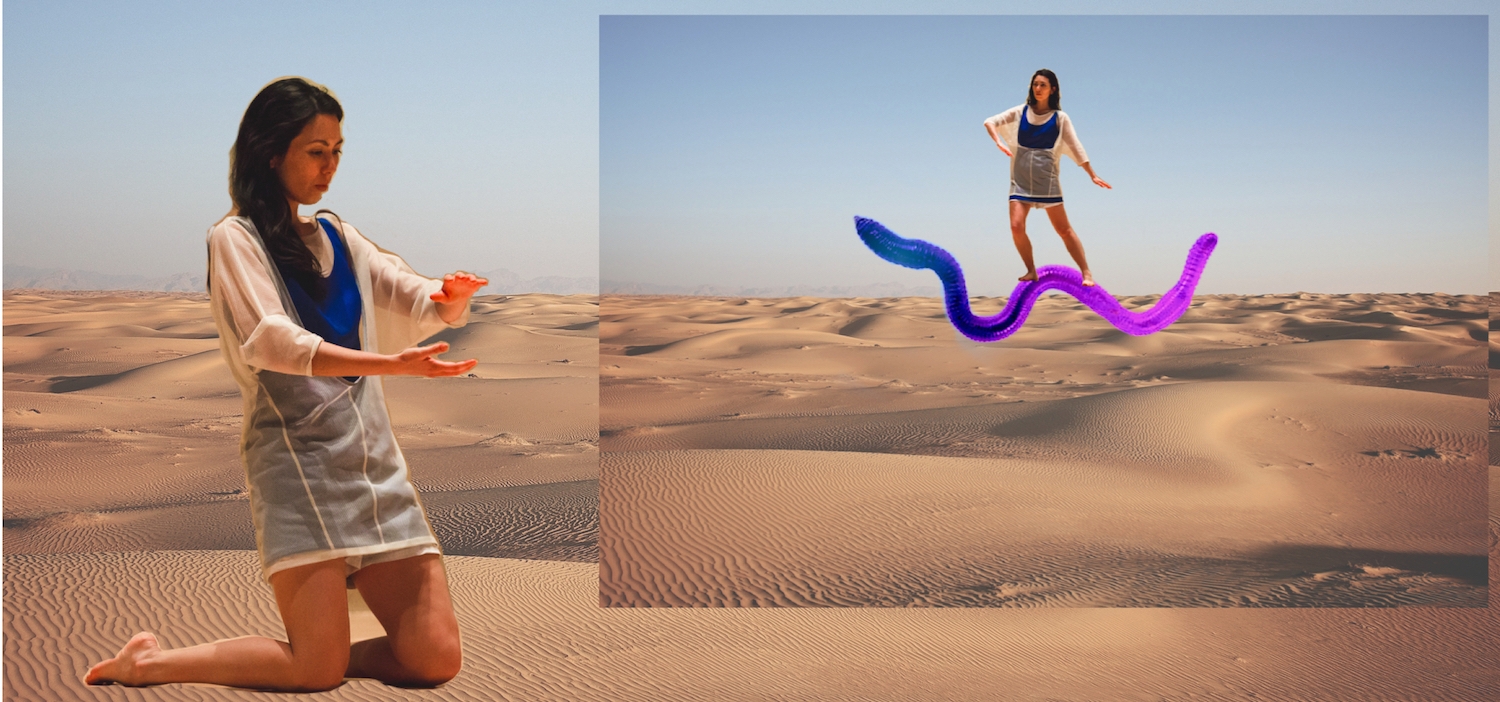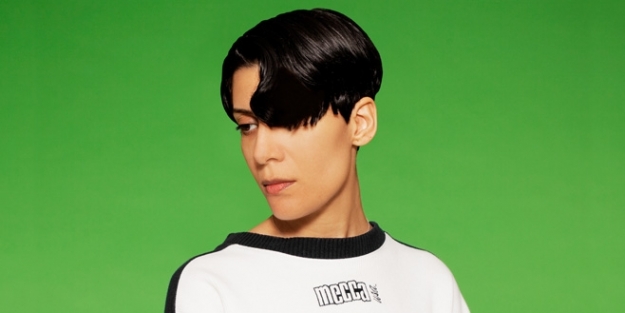“The way that I approach making work is based in inventing theories for myself or imagining connections between things that are not necessarily so obvious, and then working from that to make something,” she says. “There’s been some deep imagining behind the work, but for me at least the work itself has quite the light touch to it. It can be received in ways that you don’t necessarily have to understand the concept behind it. It’s quite image based and it’s got a lot of humour.”
That’s a relief. Spending the entire 45-minute performance trying to join the dots between Goh’s expressive choreography and the worm’s regenerative capacity could be a headache. That said, it’s worth getting some conceptual clarification.
“What I’m doing is trying to imagine strategies for transformation, but through an allegory of decay or decomposition,” Goh says. “I’m trying to approach the idea of transformation, but how that can happen when I feel like nothing’s new these days – it’s not really possible to make something new. Then I’m thinking that a strategy to find a way to keep transforming is through these ideas around decay and decomposition. So that’s where the worm comes in.
“I’m trying to imagine the history of the body or the history of dance as something akin to compost and then [exploring] what is the action that needs to take place in that in order to transform it. I’m thinking about worms in their role in decomposing old things and making them new again, or not new but fertile.”
Equating the history of dance to compost could seem like a major conceptual leap, if not just a flimsy metaphor. Goh emphasises the integral function of imagination in grasping the work’s thematic framework.
“It’s not really literally that I’m thinking about these things. It’s more wild imaginations that are not possible to literally put on stage,” she says. “It’s not at all possible to decompose my body in front of an audience, but it’s a way for me to think through this thing in order to make some images of transformation in the theatre. When I make work, I’ll often invent impossible theories around how things are and then that’ll create problems that I can work from. So compost, of course that’s a total leap. But I think in tangents, but I then bring that back to what I can actually physically do in front of an audience.”
This brings us back to the worm, whose involvement in the process of decomposition is intrinsic to the action of Desert Body Creep. Perhaps you’re wondering how the worm will be depicted onstage?
“The worm is literally a giant gummy worm that I’ve ordered off eBay,” Goh says. “It’s called World’s Largest Gummy Worm. It’s real gummy, but it’s big. You can eat it; it doesn’t look so edible anymore because it’s been on the floor and it’s a bit dirty. I manoeuvre this worm a little bit and then it somehow comes to life, kind of like puppets do. That’s an example of transforming an inanimate thing into an animate thing that has some sort of soul or life. When people see the worm they’re incredibly moved by the way that it moves or by the way that it comes to life. People find this moment with the worm quite touching. It’s almost like I’m being totally upstaged by this worm.”
The audience’s empathetic attraction to the worm sits in contrast to another one of the show’s conceptual linchpins –the historical use of worms as a symbol of fear and terror, or an agent of invasion.
“I’m thinking about the worm in its relation to horror and depictions of worms as enlarged things that are horrific and scary, and I’m also thinking there is also this horror of transformation. But also, in its actual reality, within ecosystems, the worm is good. It’s a good thing, but somehow there’s a disconnect that we also have a distaste or a fear of it. Also the worm is a metaphor within the work about the beginning and the end – the worm connects life and death, it connects the old and the new.”
BY AUGUSTUS WELBY

